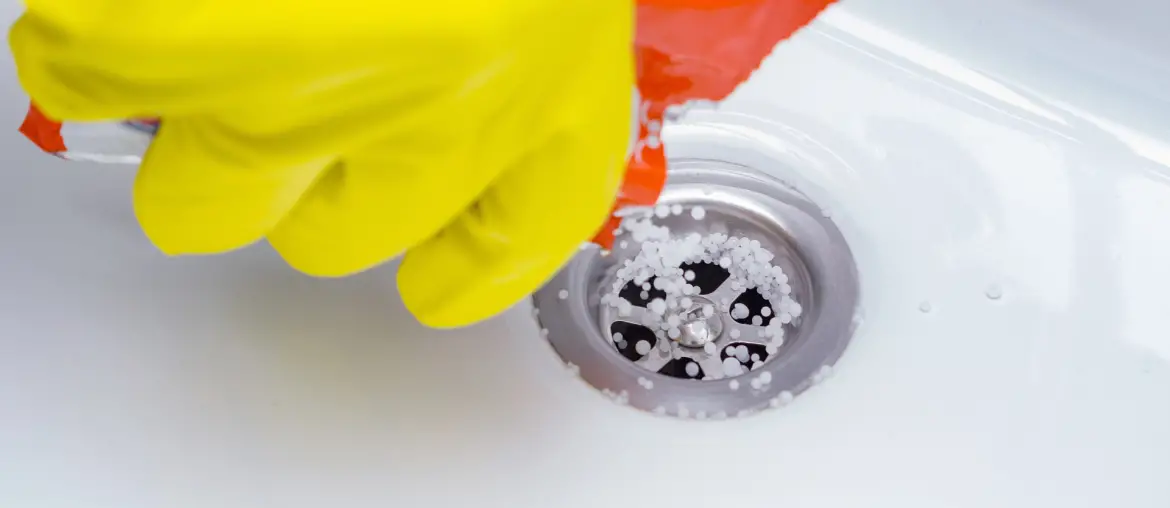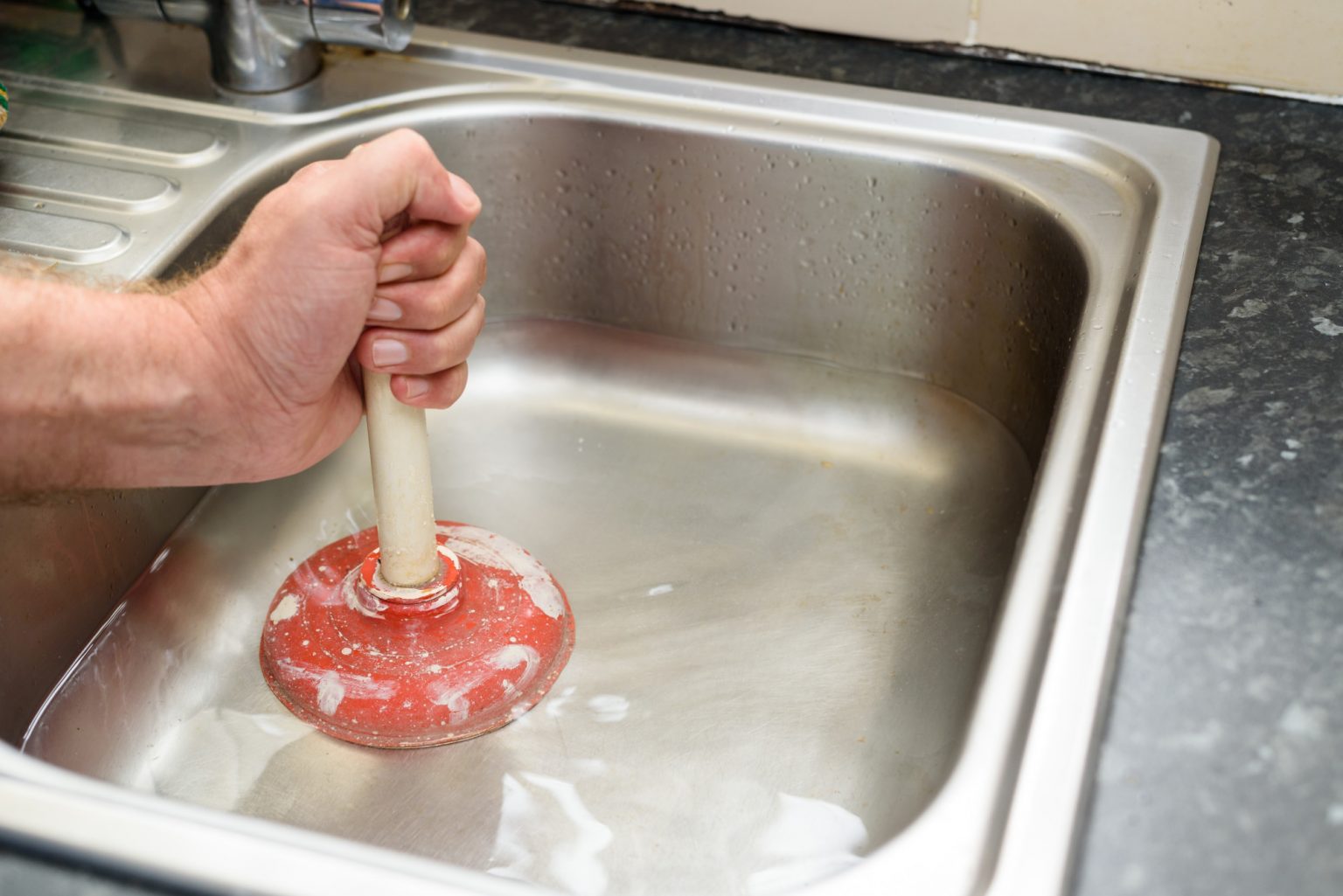If you've noticed a small pool of water forming around your bathroom sink drain, you're not alone. This is a common problem that many homeowners face and can be caused by a variety of factors. Understanding the reasons behind the water pooling and how to fix it can save you from potential water damage and costly repairs.Water pooling around bathroom sink drain
There are several reasons why water may be pooling around your bathroom sink drain. One of the most common causes is a clogged drain. Over time, hair, soap scum, and other debris can build up in your drain, causing water to back up and pool around the drain itself. Another cause of water pooling could be a damaged or faulty drain pipe. If the pipe is cracked or broken, water may leak out and accumulate around the drain. This can also be a result of poor installation or old age. Additionally, a worn-out seal or gasket in the drain can also lead to water pooling. These seals prevent water from leaking out of the drain and into your bathroom. If they become damaged or worn, water can escape and collect around the drain.Causes of water pooling around bathroom sink drain
The solution to your water pooling problem will depend on the cause. If the issue is a clogged drain, you can try using a plunger or a drain snake to remove the blockage. Pouring a mixture of baking soda and vinegar down the drain can also help break up any buildup and clear the clog. If the issue is a damaged drain pipe, you may need to replace it. This is a job best left to a professional plumber, as it requires specialized tools and expertise. However, if you're handy, you can attempt to fix it yourself by following online tutorials and using the necessary materials. Replacing a worn-out seal or gasket is also a relatively simple fix. You can purchase a replacement at your local hardware store and follow the instructions for installation.How to fix water pooling around bathroom sink drain
The best way to prevent water pooling around your bathroom sink drain is to practice regular maintenance. This includes using a drain cover to catch any hair and debris, regularly cleaning your drain with a mixture of baking soda and vinegar, and avoiding pouring grease or oil down the drain. You can also install a mesh strainer over your drain to prevent larger objects from falling in and causing a blockage. Additionally, avoid putting anything down the drain that is not water-soluble, such as cotton balls or wet wipes.Preventing water pooling around bathroom sink drain
Aside from clogged drains and damaged pipes, there are a few other common reasons why water may be pooling around your bathroom sink drain. These include a faulty or incorrectly installed drain stopper, a broken or loose drain assembly, or a problem with the water pressure in your home. If you notice that the water pooling only occurs when the faucet is turned on, this could be a sign of a water pressure issue. In this case, it's best to consult a professional plumber to determine the cause and find a solution.Common reasons for water pooling around bathroom sink drain
Aside from water pooling around the drain, there are a few other signs that your bathroom sink drain may be clogged. These include slow draining water, gurgling noises coming from the drain, and a foul odor coming from the sink. If you notice any of these signs, it's best to address the issue as soon as possible to prevent further damage and potential plumbing emergencies.Signs of a clogged bathroom sink drain
If you're unable to fix the issue yourself, it may be time to call in a professional plumber. They will be able to diagnose the cause of the water pooling and provide you with the best solution. This may include using a plumbing snake to remove the clog, repairing or replacing damaged pipes, or installing a new drain assembly. While it may cost more upfront, hiring a professional can save you time and money in the long run by ensuring the issue is properly fixed and preventing future problems.Professional solutions for water pooling around bathroom sink drain
If you're feeling up to the challenge, there are a few DIY methods you can try to unclog your bathroom sink drain. As mentioned before, using a plunger or a drain snake can help break up and remove the blockage. You can also try using a mixture of baking soda and vinegar to dissolve buildup and clear the drain. However, it's important to use caution when attempting DIY solutions as they may not always be effective and could potentially cause further damage if not done correctly.DIY methods for unclogging a bathroom sink drain
Regular maintenance is crucial for keeping your bathroom sink drains functioning properly and preventing issues like water pooling. This includes regularly cleaning your drains, avoiding putting non-water-soluble items down the drain, and addressing any issues as soon as they arise. By taking care of your drains, you can save yourself from potential headaches and expensive repairs in the future.Importance of regular maintenance for bathroom sink drains
To prevent water pooling around your bathroom sink drain in the future, it's important to practice good drain maintenance habits. This includes using a drain cover to catch debris, regularly cleaning your drains, and being cautious of what you put down the drain. You can also schedule regular maintenance check-ups with a professional plumber to ensure your drains are in good working condition and catch any potential issues before they turn into major problems. In conclusion, water pooling around your bathroom sink drain is a common issue that can be caused by various factors. By understanding the causes and taking preventative measures, you can keep your drains in good condition and avoid costly repairs in the future.How to prevent water pooling around bathroom sink drain in the future
The Importance of Addressing Water Pooling Around Your Bathroom Sink Drain

Identifying the Problem
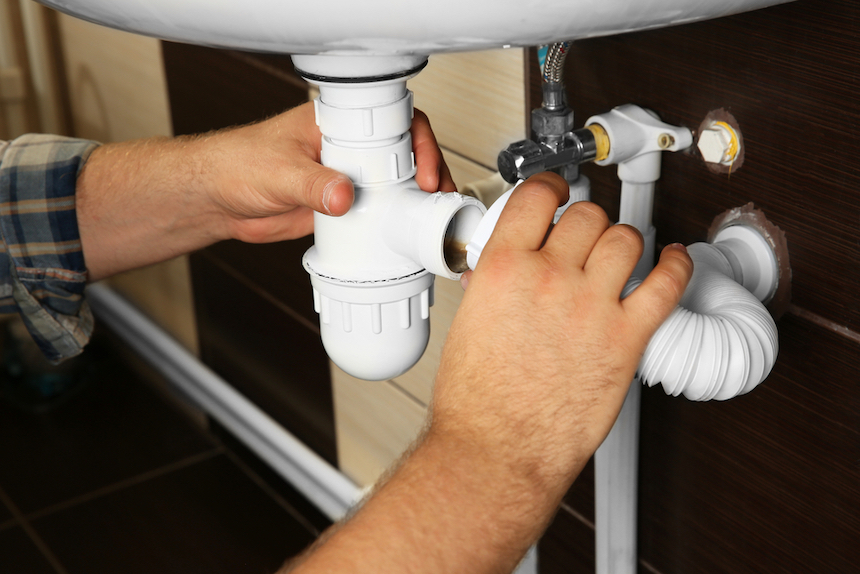 If you have noticed water pooling around your bathroom sink drain, it may be tempting to ignore it and think that it is just a minor inconvenience. However, this issue should not be taken lightly. Water pooling is often a sign of a bigger underlying problem that needs to be addressed as soon as possible. Not only can it lead to further damage to your bathroom, but it can also pose health and safety hazards if left unchecked.
If you have noticed water pooling around your bathroom sink drain, it may be tempting to ignore it and think that it is just a minor inconvenience. However, this issue should not be taken lightly. Water pooling is often a sign of a bigger underlying problem that needs to be addressed as soon as possible. Not only can it lead to further damage to your bathroom, but it can also pose health and safety hazards if left unchecked.
Possible Causes
 Before we delve into the potential consequences of water pooling around your bathroom sink drain, it is important to understand the possible causes. One common cause is a clogged drain, which can be caused by a buildup of hair, soap scum, or other debris. Another possibility is a faulty or improperly installed drain pipe, which can result in leaks and water pooling. In some cases, the issue may be with the sink itself, such as a crack or damaged seal.
Before we delve into the potential consequences of water pooling around your bathroom sink drain, it is important to understand the possible causes. One common cause is a clogged drain, which can be caused by a buildup of hair, soap scum, or other debris. Another possibility is a faulty or improperly installed drain pipe, which can result in leaks and water pooling. In some cases, the issue may be with the sink itself, such as a crack or damaged seal.
The Consequences
 Ignoring water pooling around your bathroom sink drain can lead to a variety of consequences. First and foremost, it can cause damage to your bathroom, such as water stains or even mold growth. It can also create a breeding ground for bacteria and other harmful microorganisms, posing a health risk to you and your family. Additionally, if the issue is not addressed, it can lead to further damage to your plumbing system, resulting in costly repairs.
Ignoring water pooling around your bathroom sink drain can lead to a variety of consequences. First and foremost, it can cause damage to your bathroom, such as water stains or even mold growth. It can also create a breeding ground for bacteria and other harmful microorganisms, posing a health risk to you and your family. Additionally, if the issue is not addressed, it can lead to further damage to your plumbing system, resulting in costly repairs.
The Solution
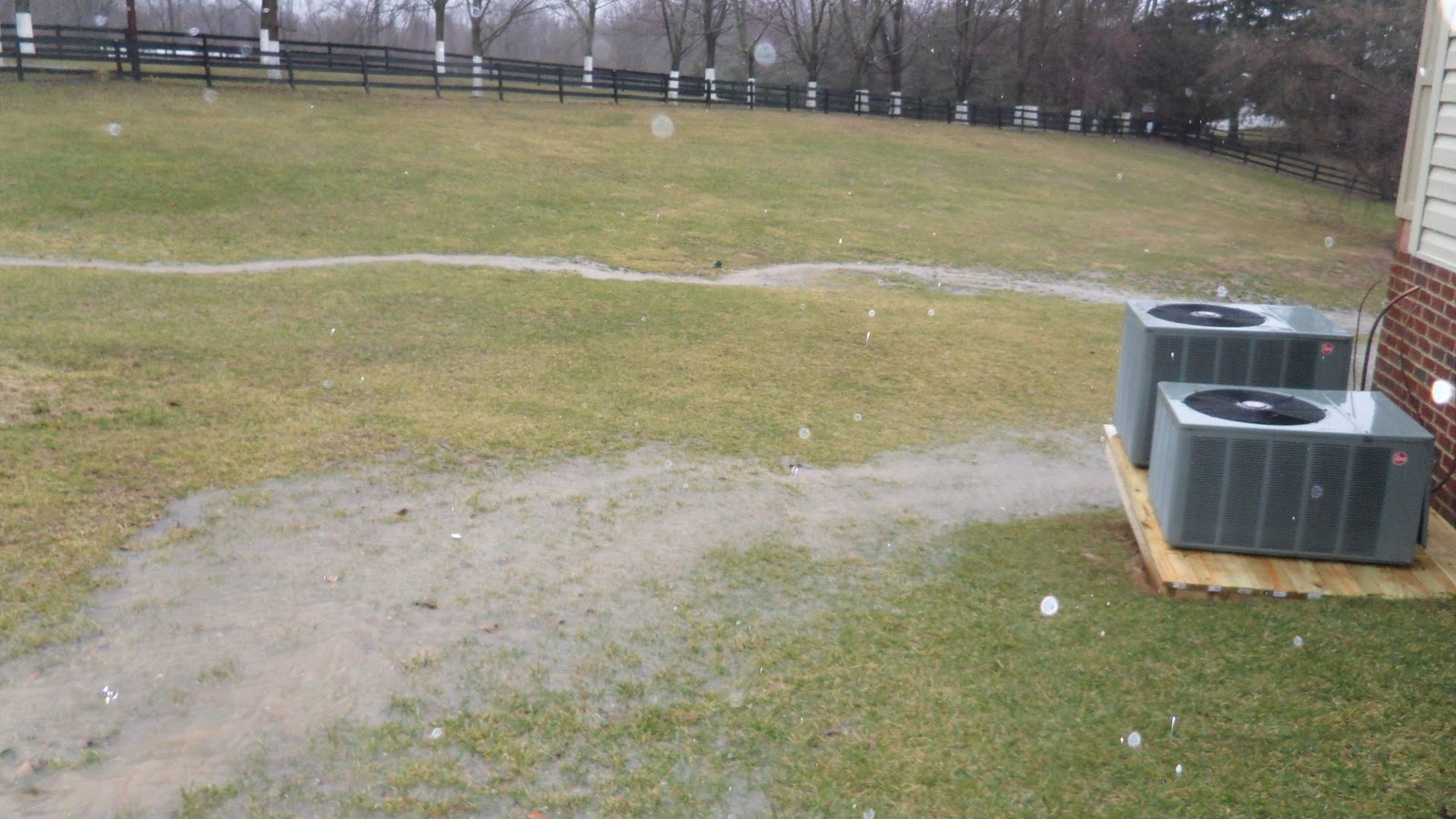 Fortunately, there are several solutions to address water pooling around your bathroom sink drain. If the problem is a clogged drain, you can try using a plunger or a drain snake to clear the blockage. If the issue is with the drain pipe, it is best to call a professional plumber to inspect and repair it. In more severe cases, you may need to replace the sink altogether.
In conclusion,
water pooling around your bathroom sink drain should not be ignored. It is a sign of an underlying issue that needs to be addressed promptly to prevent further damage and potential health hazards. By identifying the problem, understanding the consequences, and seeking the appropriate solution, you can ensure that your bathroom stays in top condition and avoid any unnecessary expenses. Don't let water pooling ruin your bathroom design and address the issue as soon as possible.
Fortunately, there are several solutions to address water pooling around your bathroom sink drain. If the problem is a clogged drain, you can try using a plunger or a drain snake to clear the blockage. If the issue is with the drain pipe, it is best to call a professional plumber to inspect and repair it. In more severe cases, you may need to replace the sink altogether.
In conclusion,
water pooling around your bathroom sink drain should not be ignored. It is a sign of an underlying issue that needs to be addressed promptly to prevent further damage and potential health hazards. By identifying the problem, understanding the consequences, and seeking the appropriate solution, you can ensure that your bathroom stays in top condition and avoid any unnecessary expenses. Don't let water pooling ruin your bathroom design and address the issue as soon as possible.

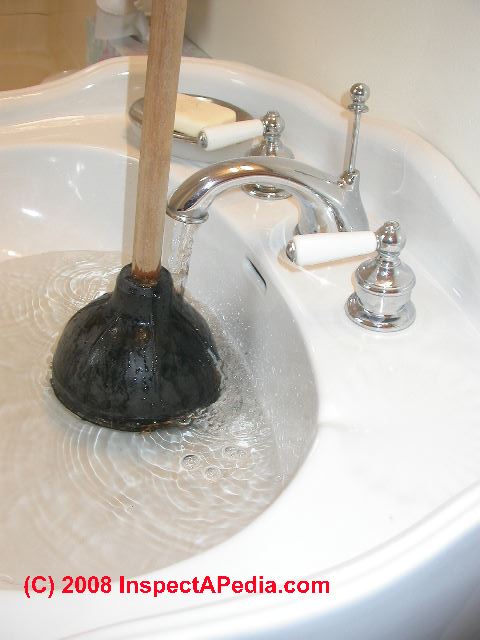


























:max_bytes(150000):strip_icc()/bathroom-sink-drain-installation-2718843-02-61e5ecbee1e949be8d8f45ac4f5a6797.jpg)



